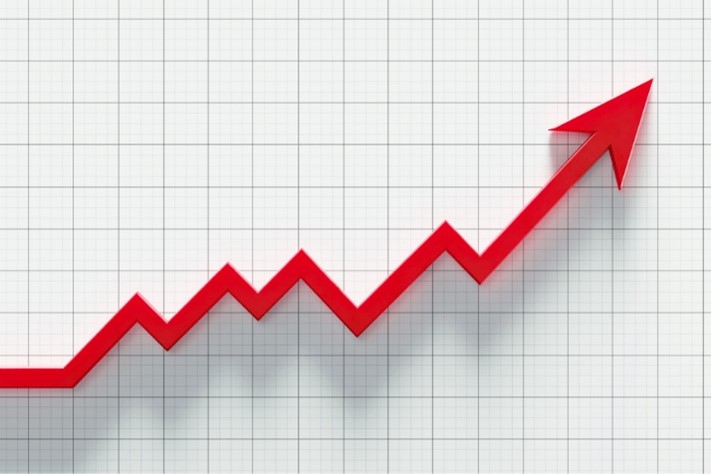More Interest Rate Increases
There has been a lot of commentary surrounding rising interest rates during the month of February. Reserve Bank Governor Philip Lowe urged Australians to build financial “buffers” to enable them to weather potential increases in interest rates. The call came a day after RBA’s first board meeting of the year, where it left in place a record-low cash rate of 0.1% and ended its $350 billion bond-buying program.
“Interest rates will go up… I can’t tell you when, but they will,” Lowe said in a Daily Mail Australia report. “We need to be prepared for that and people need to have buffers.” Lowe said the bank would watch for further inflation before lifting rates.
The Commonwealth Bank of Australia (CBA) has shifted its original forecast of a rise in interest rates from August to as early as June.
Gareth Aird, head of Australian economics at CBA, said the nation’s biggest lender was “very comfortable” with this new expectation that inflation will be stronger than the Reserve Bank of Australia projection and that official interest rates will start to rise in June with a 15-basis point increase.
CBA’s research note admits coming up with the “exact timing” of rate hikes is “false precision,” but the bank has laid out an approximate forecast for when rates will rise and by how much. However, the CBA acknowledges the RBA’s forecast for inflation is different to theirs.
Aird added that the cash rate was likely to be 1% by the end of the year and 1.25% by early next year. This would amount to an average variable rate of 4.5% if it went as predicted. To illustrate the magnitude of the increase, a borrower with a $500,000 standard variable rate mortgage would see monthly repayments increase about $275 with a 1% rate increase, and about $560 with a 2% increase.
There has been no increase in the key official interest rate since November 2010. Some economists were speculating a cash rate increase from 0.1% to more than 2% — a 20 times increase on the current record low meant to cushion the impacts of the pandemic recession – after the December quarter posted stronger-than-expected inflation last month.
All of this talk is of course around the variable official rates but most banks lifted their fixed rates again this week in anticipation of increasing rates. So, the variable official interest rate is sure to be soon behind those moves. It has pretty much been a weekly event for the past few months. Longer term (5 year) fixed rates are now all in the high 3% with some already tipped over the 4%.
My suggestion would be to slightly increase your existing payments so you begin to get used to the higher payment. This will help to build that buffer the RBA referred to and helps the family budget to not feel it so much – if the increase is in small increments and gradual.
You won’t miss the extra $10 per week if you stop getting one fancy coffee on the run or cut back one night of takeaway. Best to get a jump on it now before it really impacts the budget.
Hopefully, most of our clients if they heeded our information kept their payments at the same level when rates fell the last couple of years and have actually already got some buffer in their payments. For those starting out on the mortgage path – just that little bit extra every week compounds over time and helps to protect your biggest asset.
Warm regards,
